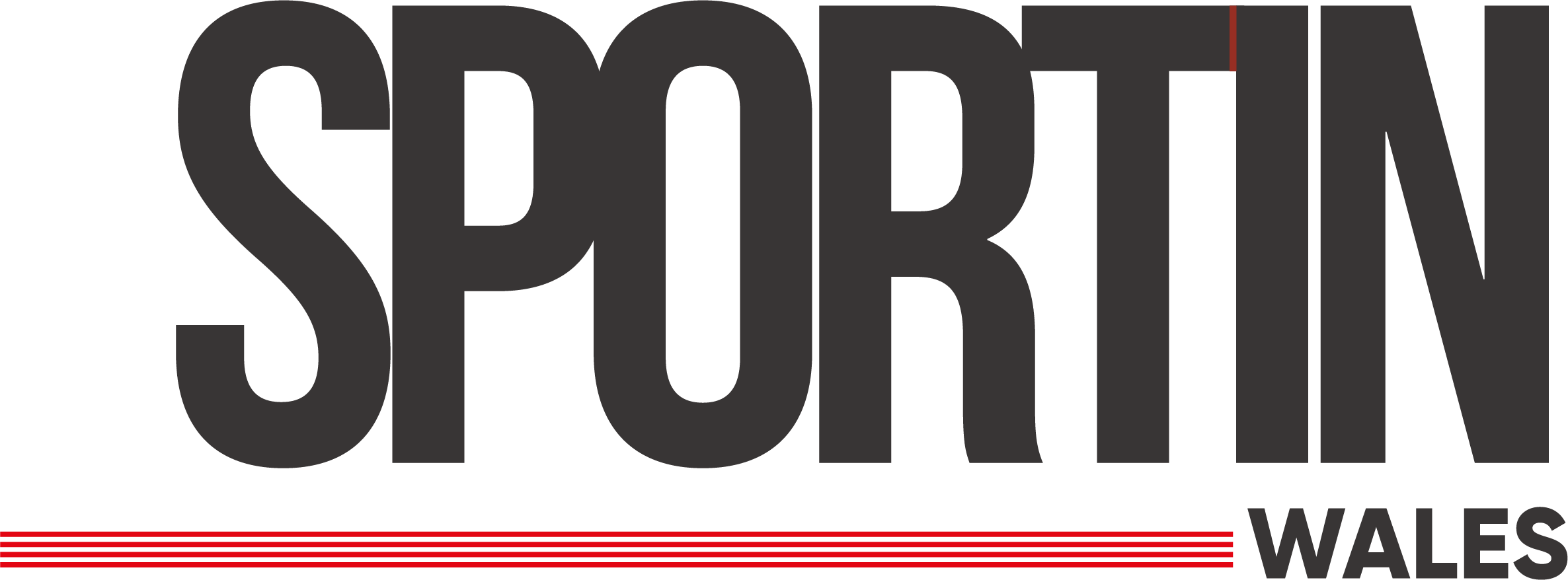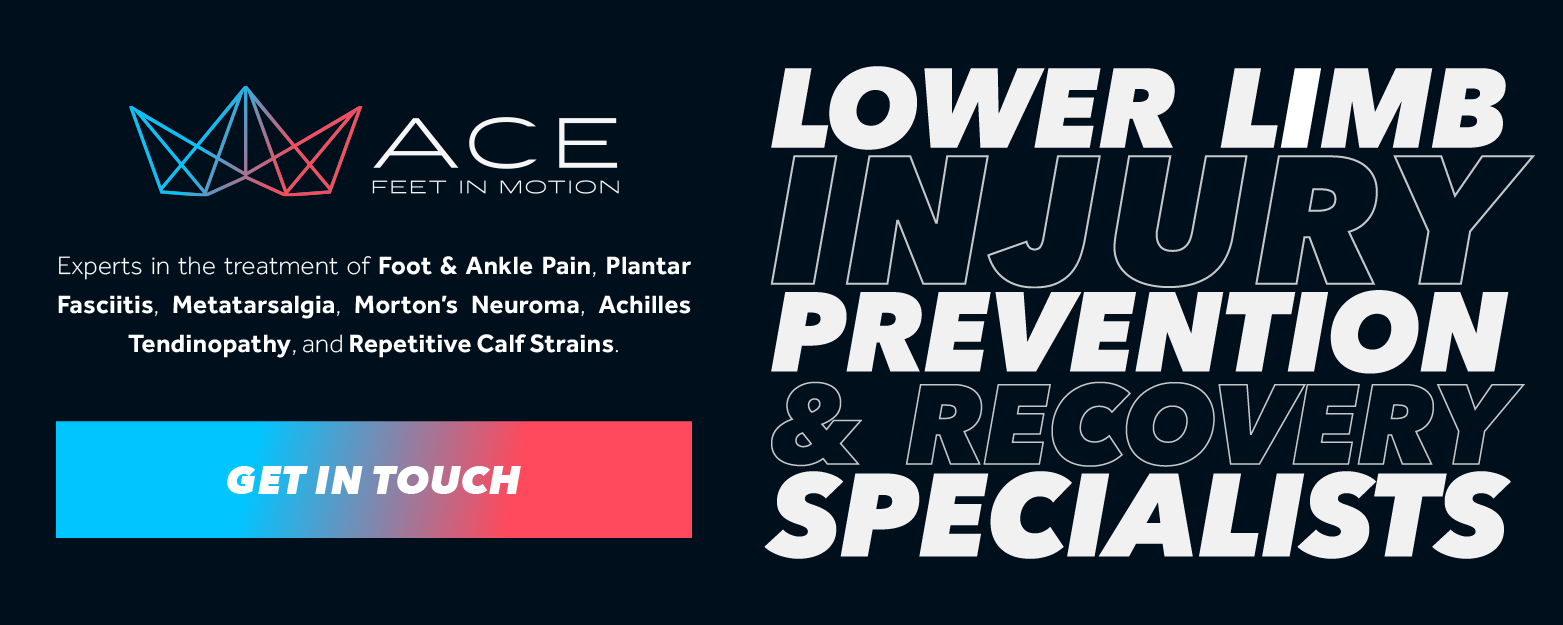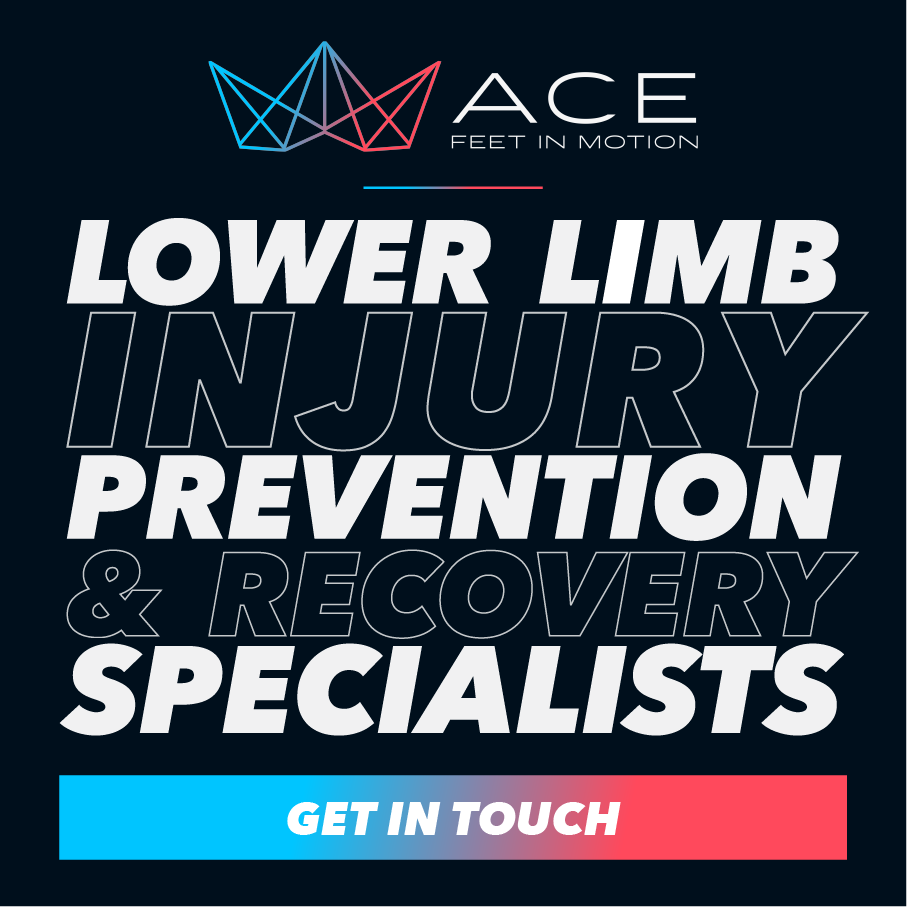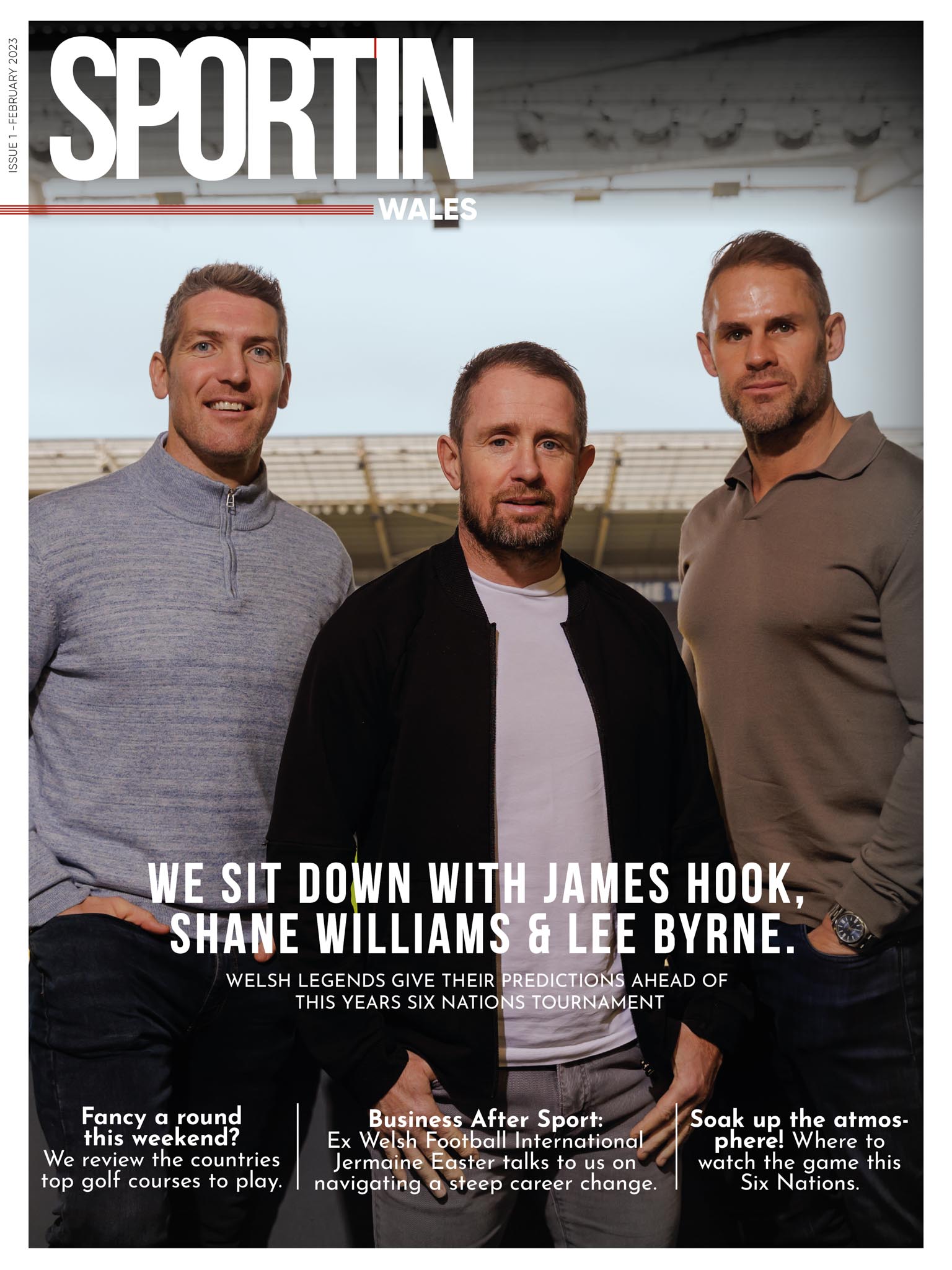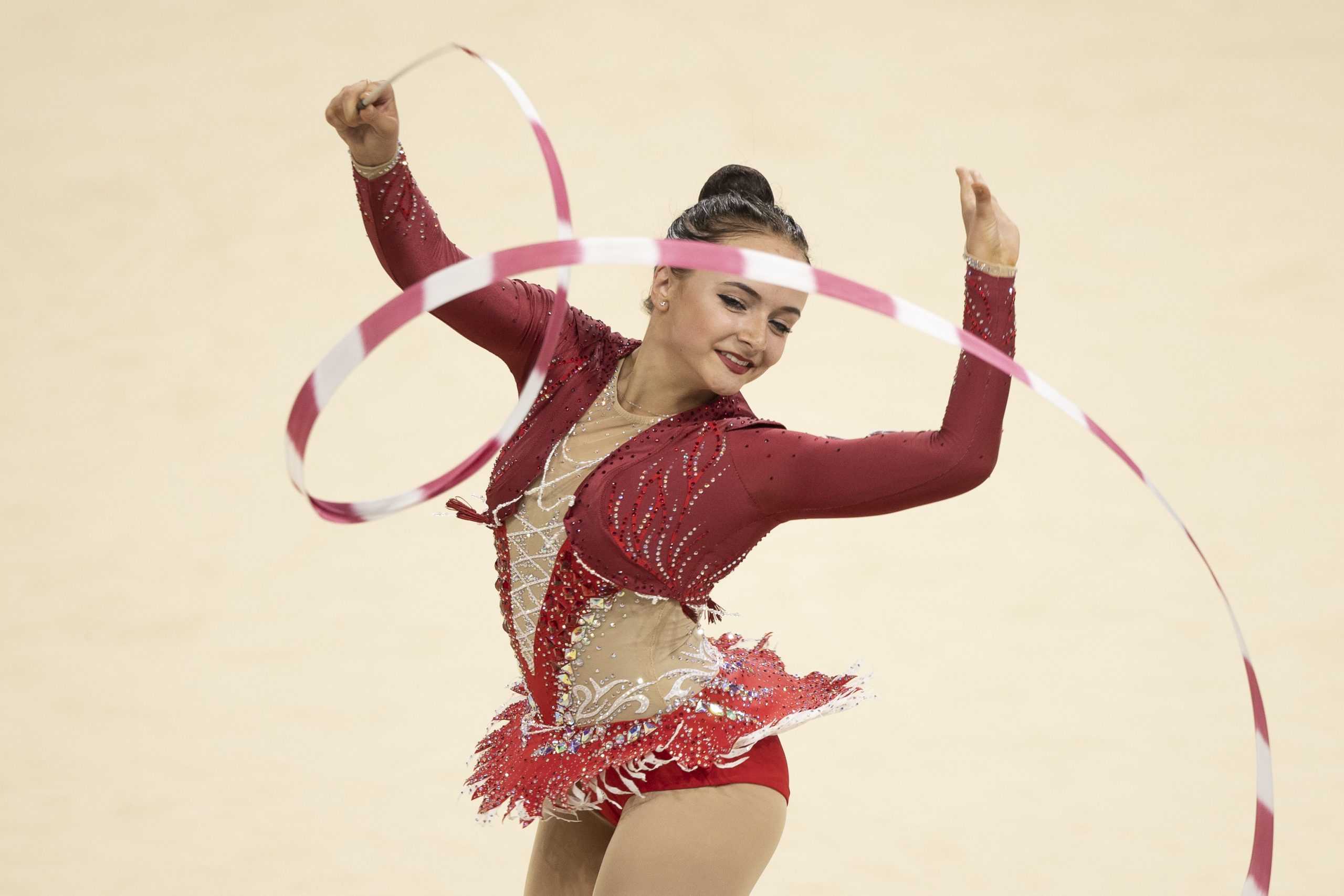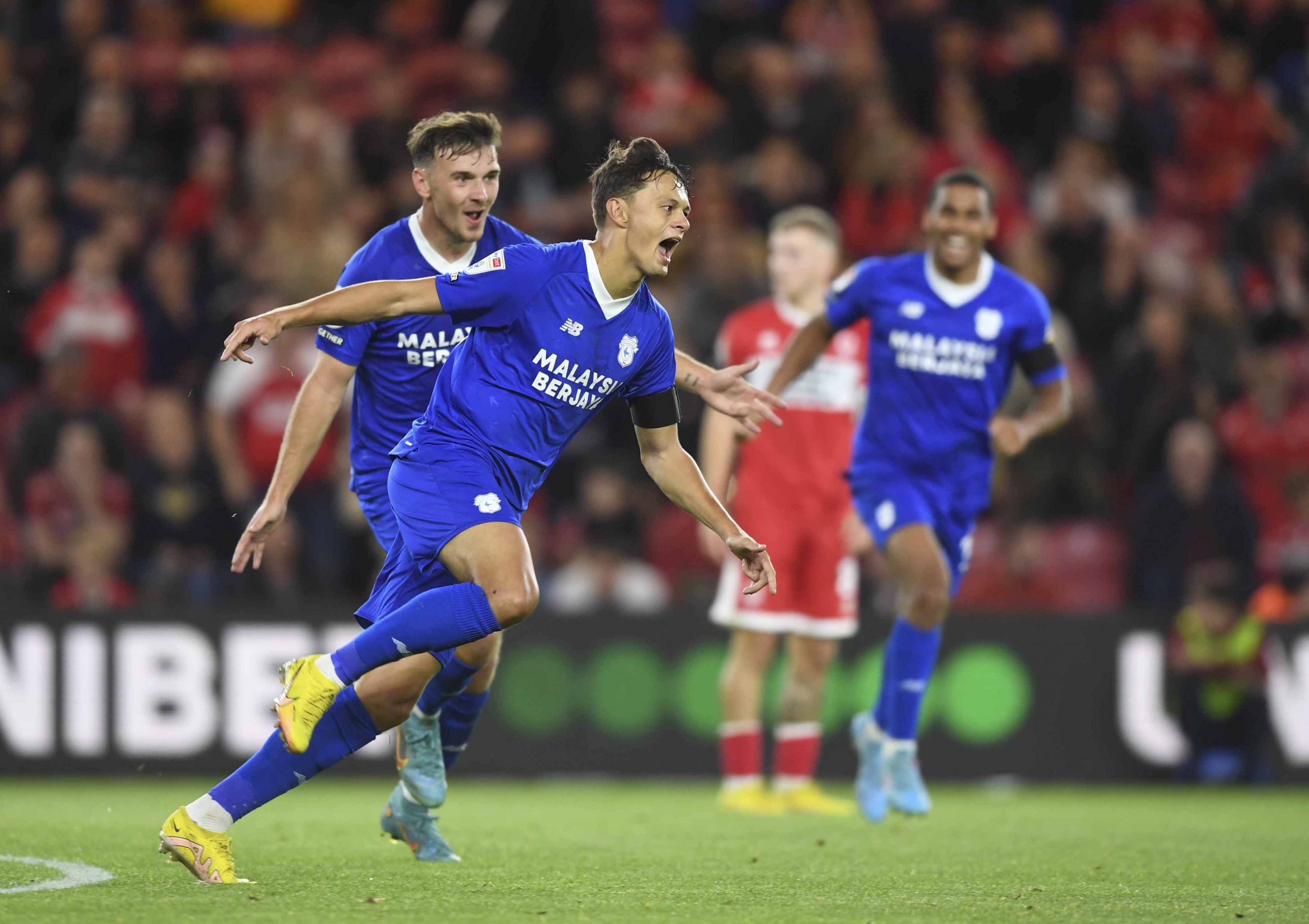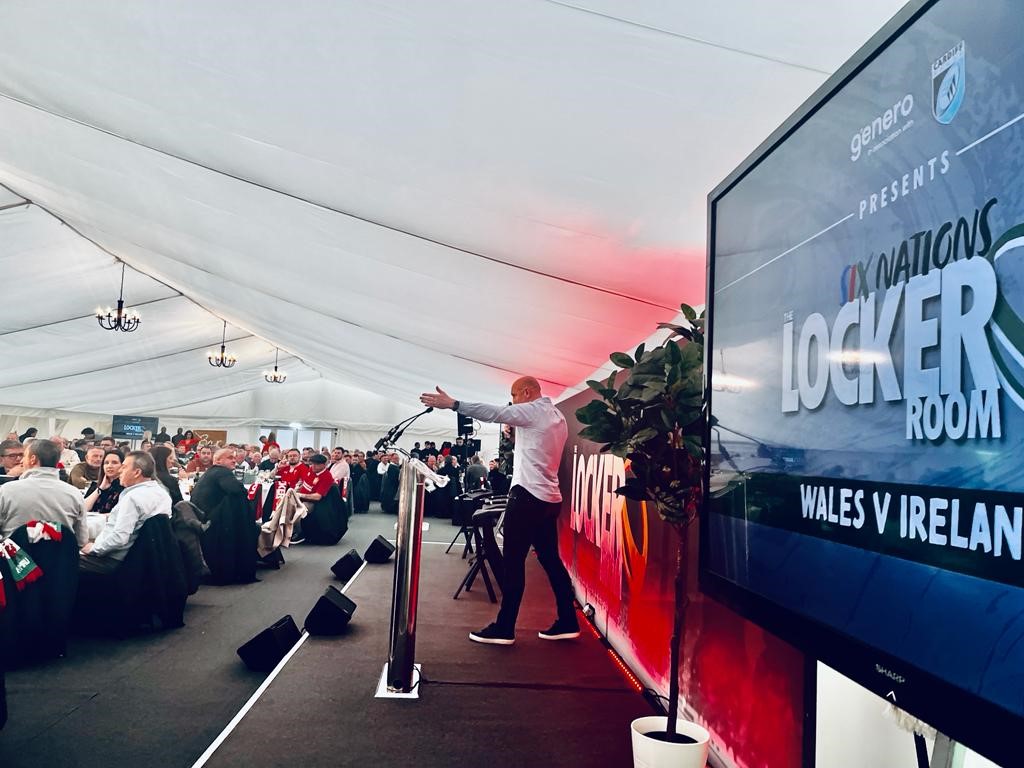The Healthcare Professionals: Tom & Chris
Tom and Chris provide specialist insights and offer monthly advice to our readers.
ASK THE EXPERTS
 Tom Cooper is a musculoskeletal Podiatrist and Clinical Director of market leading sports podiatry firm, ACE Feet in Motion. Tom has been qualified for 18 years and has been the Official Podiatrist to the WRU, Welsh Athletics, Welsh Netball, Cardiff City FC and The Celtic Dragons. In addition to running the ACE lower limb injury clinic, Tom also liaises with global brands regarding footwear design and adaptation for sports performance.
Tom Cooper is a musculoskeletal Podiatrist and Clinical Director of market leading sports podiatry firm, ACE Feet in Motion. Tom has been qualified for 18 years and has been the Official Podiatrist to the WRU, Welsh Athletics, Welsh Netball, Cardiff City FC and The Celtic Dragons. In addition to running the ACE lower limb injury clinic, Tom also liaises with global brands regarding footwear design and adaptation for sports performance.

Chris Law is the consulting Orthotist and Clinical Director at The Orthotix Clinic specialising in the assessment, fitting and supply of orthopaedic supports, bracing and splints. Chris uniquely benefits from his dual qualification in both Sports & Science and Prosthetics & Orthotics and has spent over a decade running specialist orthotic clinics in the NHS.
THIS MONTHS QUESTIONS FROM OUR READERS:
Why do my heels hurt when I get out of bed?
Tom: As with any aches or pains, always seek advice from a healthcare professional. Pain in the heels after rest is actually a common symptom of heel pain. The most common causes of heel pain are plantar fasciitis (fasciopathy) and Achilles tendonitis (tendinopathy). Plantar fasciitis tends to affect the bottom inside edge of the heel and Achilles tendonitis affects the tendon that attaches to the back of the heel. Heel pain is seen and successfully treated every day at our ACE clinics with treatments varying from strength and rehabilitation, footwear advice, orthotic therapy, and shockwave therapy.
Quick Tip – Avoid very soft, flexible, unsupportive footwear and opt for a good training shoe that offers the foot a combination of support, cushioning and structure.
My son (13 years old) has pain in his heels when he plays sport – what is it?
Tom: As with any aches or pains, always seek advice from a healthcare professional. Heel pain in sporty, growing youngster between the ages of 9 and 15 is very common. Youngsters will often complain of pain after training sessions or after the half time break during a match and will be reluctant to load through the heel once painful. A common cause of this pain is inflammation of the growth plate in the heel bone (calcaneus) and is known as calcaneal apophysitis (Sever’s disease). A combination of high levels of activity and sports footwear (i.e. football boots) often contribute to the pain experienced in the heels.
Quick tip – look to elevate heels inside shoes like football boots. Heelevators (www.heelevator.co.uk) are an adjustable heel elevator, try to maximise height but make sure the ankle is stable and boot is comfortable.
I have previously had a knee injury and torn my ligaments. I would like to go Skiing, what would you recommend?
CHRIS: Knees are one of the key loading bearing joints in our bodies, they are heavily stressed in normal daily activity, let alone sport. Skiing has shown to be one the most harmful activities when it comes to knee trauma, and significantly increases the risk of injury compared to other non-skiing activities. However, this doesn’t mean you cannot Ski or participate in sports you love. As you can imagine we have to look at each person as an individual. It is common for injuries such as collateral ligament tears to increase the instability in the knee, and increase the risk of meniscal wear, increasing general arthritic changes. To limit these occurring and to add extra stability to the knee I would recommend a lightweight combined instability knee brace. I supply and fit a range of these in clinic as they support the knee in all planes of motion, restricting unwanted movement, but still allowing the crucial flexion and extension for forward mechanics and shock absorption.
I have developed a hernia in my groin from lifting weights. Is there anything I can do to support this?
CHRIS: Inguinal hernias can occur due to a weakness in the upper part of the groin and thigh. Weakness of the connective tissues and increased pressure through heavy weightlifting can cause increased cavity pressure from our internal abdomen, which forces the lower intestine through the weakened area, causing the lump we associate with a hernia. The best garments to control these types of hernias are medically approved compression boxer shorts or briefs which have integrated containment pads. These hold the area snugly under compression and limit the amount of protrusion, subsequently reducing pain and discomfort. A full range of compression underwear are readily available from www.orthotix.co.uk.
Ask your question for our next issue…
Tom Cooper
Email: ace@feetinmotion.co.uk
Web: www.feetinmotion.co.uk
T: 02920 370 674
Chris Law
Email: enquiries@orthotix.co.uk
Web: www.orthotix.co.uk
T: 02920 370 696
